Schools have pleaded with parents to be “completely honest” about whether they are really key workers after some primaries received requests for hundreds of children to come to class in the latest lockdown.
Across England, schools reported struggling to cope with the demand for places in school while also offering remote teaching.
One primary headteacher in Greater Manchester said staff had spent all of Wednesday “interrogating” parents after they received 210 applications from key workers, some of whom they discovered were able to work from home. At the start of the first lockdown last March, the school had 30 vulnerable and key worker pupils in attendance, out of a school population of 500.
Some schools have decided to ignore government advice, which says children qualify if just one parent is a “critical worker”. They have been asking two-parent households to prove they are doing essential jobs which they cannot do at home.
The Association of School and College Leaders union (ASCL) urged the government to reconsider the eligibility rules, suggesting children should only be offered a place if both parents are key workers.
The problem has been exacerbated by the government’s broad definition of critical workers, including university staff and anyone who can claim to be “essential” to the provision of food and other key goods.
Universities in London and Manchester have written to staff to advise that their children could be eligible for school places, despite staying at home during the first lockdown.
“You’d be hard-pressed to find any job that can’t be fitted into most of the categories,” complained the Greater Manchester head. She said parents were going to great lengths to not have their children at home, with some even making up fake companies to make their case. The deceit didn’t work, she said, because “other parents found out and rang up to tell us about it”.
She said she understood how difficult it was for parents – “I’m a teacher and I don’t want to home school my kids, but at the minute I have to put the virus first.”
At Our Lady of Lourdes primary school in Bury, Greater Manchester, the headteacher wrote to parents asking them to reconsider.
“We have been inundated with requests from parents. If we were to accept all the requests as well as the vulnerable children we have asked to come into school, we would have more than 50% of the school population attending school. This goes against the national lockdown of ‘stay at home’,” wrote Joanne Davies, the head.
She continued: “I would ask for your complete honesty when applying for a critical worker place. If you are working from home or have another adult in the household who is not a critical worker, I would expect your child to access remote learning from home.”
During the first lockdown, according to Julie McCulloch, ASCL’s director of policy, there was a cap of 20% of children allowed in a school. If numbers exceeded that, schools were advised to contact their local authorities who would help distribute children across schools to keep numbers down. There is no similar cap now.
“We are certainly receiving some quite worried messages from members around the country, who are finding that if they look at the eligibility criteria for school places, in some cases they might have 50, 60 or even 70% of their pupils who fulfil the criteria,” she said.
“At the moment heads are completely in the dark, not knowing whether they can or should be saying to parents – ‘I’m sorry, we are full.’ They don’t know what full means. If the whole point is to reduce community transmission, if we are ending up with half of children coming into school, it seems unlikely that will be achieved.”
Safe but unsafe: Boris introduces MPs to Schrödinger’s schools | John Crace
Read more
Garry Bridges, the executive member for children and schools at Manchester city council, said local schools were experiencing extreme demand for places.
“In Manchester we have very high numbers of children in the vulnerable categories as well as high numbers of those who meet the government criteria of critical or key workers. Those vulnerable groups of children are some of the most vulnerable children in the country and schools are obviously keen to make sure they have a place offered,” he said.
Some Manchester schools could fill the 20% quota just with vulnerable children, he said, suggesting some schools were only able to operate safely in the first lockdown because 80% of vulnerable children did not turn up.
Bridges added: “Instead of properly planning for a period of closure, the government plunged schools into closure overnight leaving many questions unanswered. It is now schools, staff, parents and children who are dealing with the consequences.”
A Department for Education spokesperson was clear that the guidance remained that children with at least one parent or carer who is a critical worker can go to school or college, including parents working from home. They said: “The published guidance on critical worker and vulnerable children is clear about who can still attend school and we expect schools to work with parents to ensure all these children are given access to a place if required.”




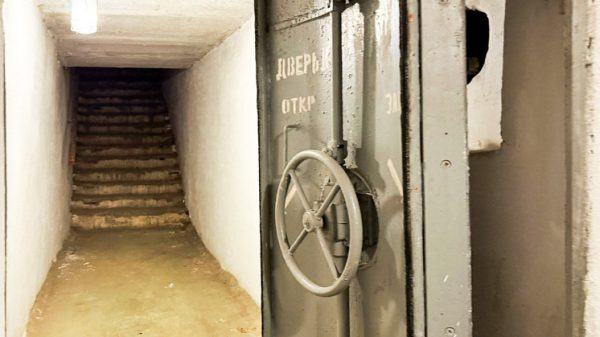





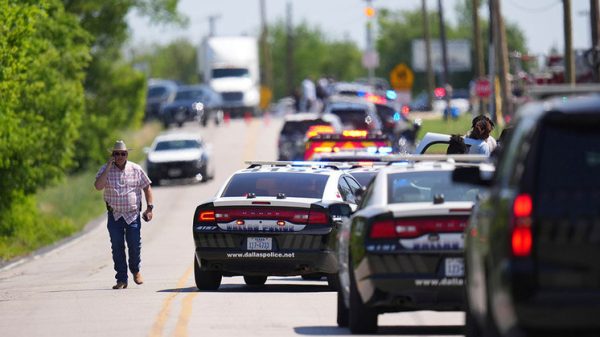

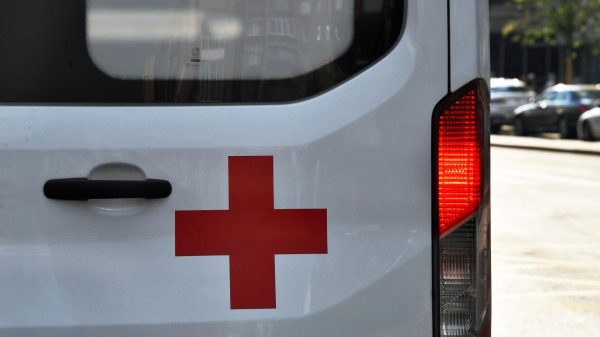


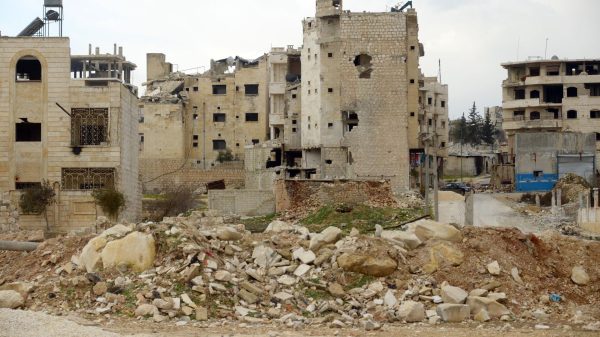


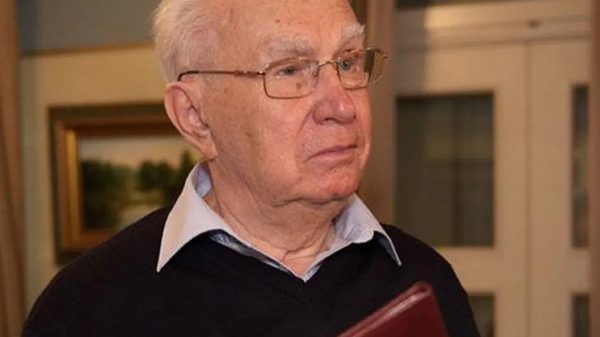


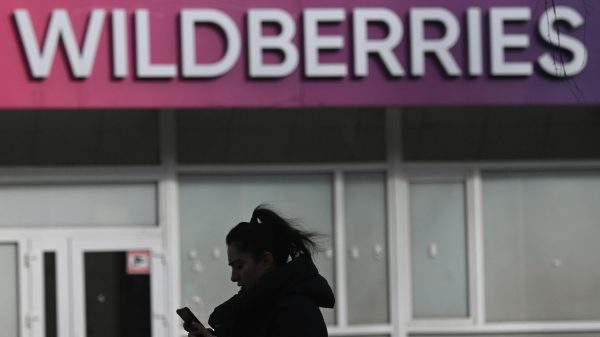








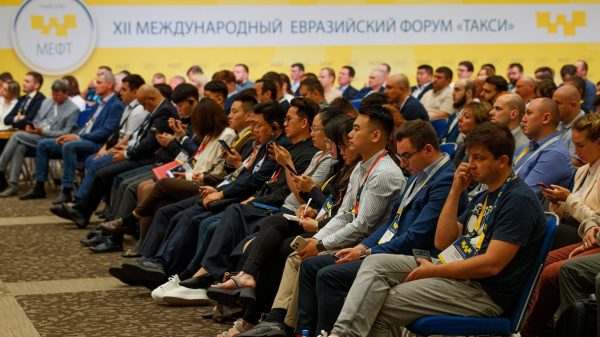


























Свежие комментарии